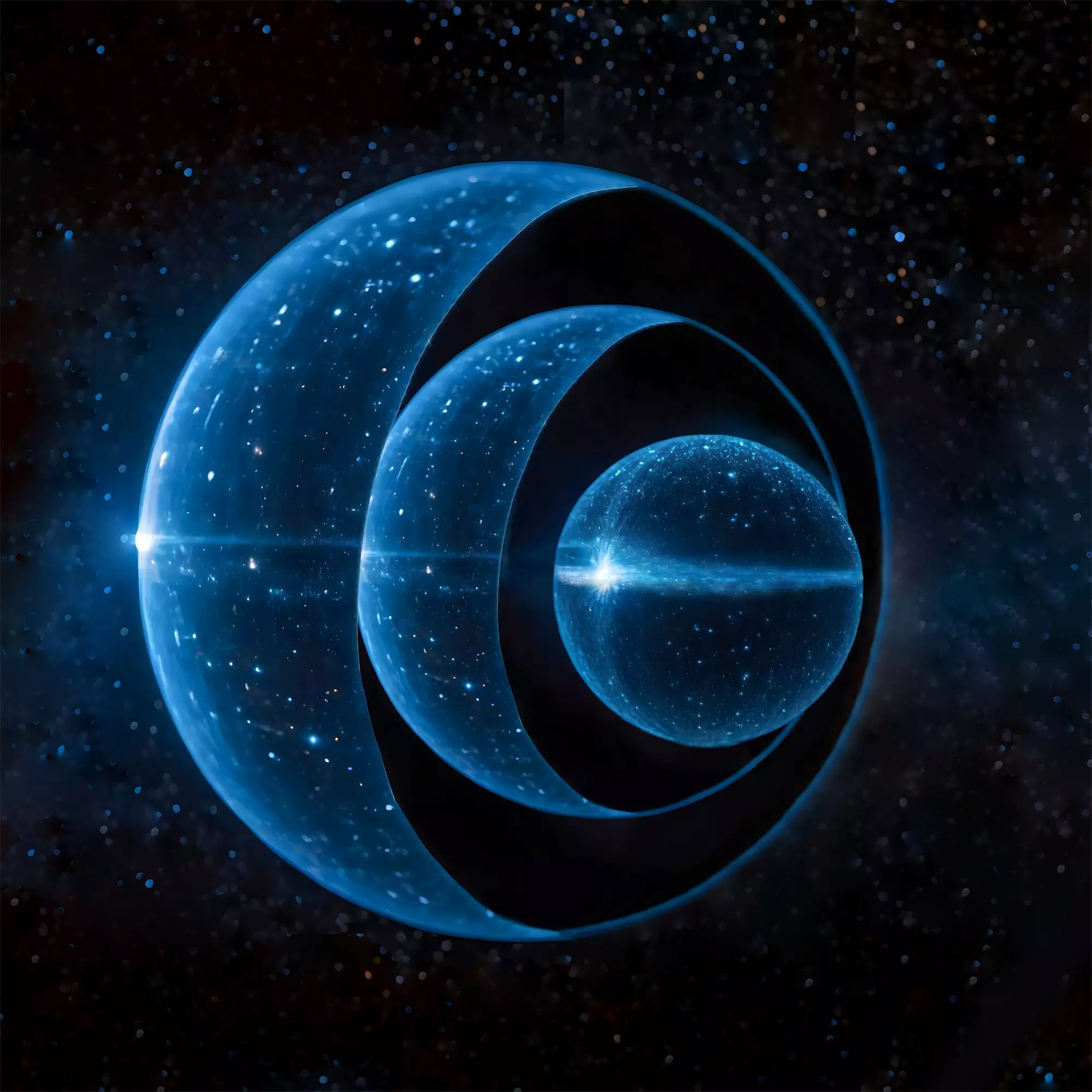Gravastars and their hypothetical celestial object, nestars, have recently caught the attention of theoretical physicists as potential alternatives to black holes. These objects challenge the conventional understanding of the interior of black holes and offer new insights into the nature of gravity and the universe. In this article, we will explore the concept of gravastars, their advantages over black holes, and the groundbreaking discovery of nestars.
The Enigmatic Interior of Black Holes
The nature of the interior of black holes has long perplexed the scientific community. According to Karl Schwarzschild’s solution to Einstein’s equations of general relativity, black holes possess a singularity at their center, where space and time cease to exist. Within this singularity, all physical laws, including Einstein’s general theory of relativity, break down. The principle of causality is suspended, hindering scientific understanding. Furthermore, any information that enters the black hole is believed to be trapped beyond the event horizon, rendering it inaccessible to the outside world.
In 2001, physicists Pawel Mazur and Emil Mottola proposed an intriguing alternative to black holes called gravastars. These compact objects share several similarities with black holes, such as their strong gravitational force and compactness. However, gravastars differ in important ways. Unlike black holes, they lack an event horizon, a boundary beyond which no information can escape. Additionally, the core of a gravastar does not contain a singularity. Instead, it is composed of an exotic form of energy known as dark energy, which counters the immense gravitational force compressing the star. The surface of a gravastar consists of an incredibly thin layer of ordinary matter.
Discovering the Nestar: A Nested Gravastar
Building upon the concept of gravastars, theoretical physicists Daniel Jampolski and Prof. Luciano Rezzolla of Goethe University Frankfurt recently proposed a groundbreaking solution to Einstein’s field equations. They introduced the idea of a nested gravastar, which they aptly named a nestar. This celestial object is akin to a matryoshka doll, with successive gravastars nested within. Jampolski, who made this discovery during his Bachelor’s thesis under the guidance of Rezzolla, describes the nestar as an intriguing extension of the gravastar concept.
The Composition of Nestars
While gravastars are believed to have an infinitely thin shell consisting of normal matter, nestars possess a slightly thicker shell composed of similar matter. This distinction makes the existence of nestars more plausible, as it aligns closer with our current understanding of cosmic objects. However, the mechanics behind the formation of a nestar remain elusive, leaving scientists with unanswered questions.
The Significance of New Solutions
Professor Luciano Rezzolla emphasizes the significance of discovering new solutions to Einstein’s field equations even after a century has passed since Schwarzschild’s initial breakthrough. It is akin to finding an unexpected treasure along a well-trodden path, offering fresh perspectives and challenging existing theories. The existence of gravastars and the possibility of nestars provide avenues for further exploration and offer theoretical alternatives to the enigmatic phenomena of black holes.
Despite the exciting prospects that gravastars and nestars present, much remains unknown and unexplored. The mechanisms responsible for the formation of these celestial objects remain elusive. Further research and theoretical advancements are necessary to shed light on their origin and behaviors. The study of gravastars and nestars holds the potential to revolutionize our understanding of gravity, the universe, and the perplexing interior of black holes.
Gravastars and the recently proposed nestars offer an alternative perspective on the interior of black holes and the nature of gravity. These hypothetical celestial objects challenge conventional theories and present intriguing possibilities for further research and exploration. The quest to unravel the mysteries of the universe continues, and gravastars and nestars are promising avenues to deepen our understanding of the cosmos.


Leave a Reply